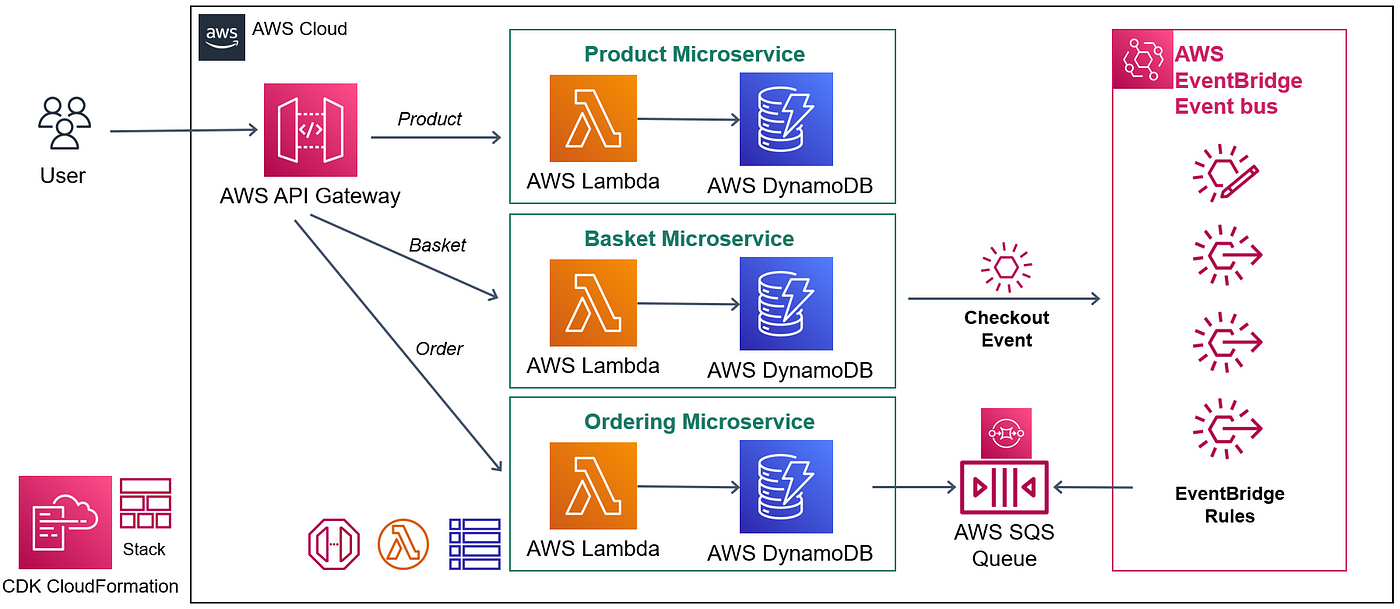AWS Lambda
AWS Lambda is a serverless compute service that lets you run code without provisioning or managing servers. Lambda automatically scales your application by running code in response to each trigger. You can use AWS Lambda to extend other AWS services with custom logic, or create your own backend services that operate at AWS scale, performance, and security.
Key Features
- Automatic Scaling: AWS Lambda scales automatically by running code in response to each trigger, scaling with the size of the workload.
- Cost-effective: With AWS Lambda, you only pay for what you use. You are charged based on the number of requests for your functions and the time your code executes.
- Event-driven: AWS Lambda functions can be triggered by various AWS services or HTTP endpoints via Amazon API Gateway, or using AWS SDKs.
- Supported Languages: AWS Lambda natively supports Node.js, Python, Ruby, Java, Go, .NET Core, and custom runtimes.
Architecture Overview
AWS Lambda allows you to execute your code based on events, without having to manage servers. Here's a basic architecture of how AWS Lambda works:

- Event Source: The event source could be an S3 bucket, a DynamoDB table, or an HTTP request via API Gateway.
- Lambda Function: The AWS Lambda function processes the event data. You write the code to handle the event.
- Execution Environment: AWS Lambda manages the compute fleet, automatically scaling your application by running code in response to each event.
- Logging and Monitoring: AWS Lambda integrates with AWS CloudWatch for logging and monitoring, so you can track your function's execution.
Use Cases
- Real-time file processing: Use AWS Lambda to automatically process files uploaded to S3.
- Data transformation: Use Lambda functions to transform data in DynamoDB streams or Kinesis data streams.
- Automated backups: Schedule AWS Lambda to create backups of your resources at regular intervals.
Integration with Other AWS Services
AWS Lambda integrates seamlessly with other AWS services, including:
- Amazon S3: Trigger AWS Lambda to process files uploaded to an S3 bucket.
- Amazon DynamoDB: Process data modifications in DynamoDB tables using DynamoDB Streams.
- Amazon API Gateway: Build scalable, serverless APIs with Lambda as the backend.
- AWS Step Functions: Orchestrate multiple AWS Lambda functions for complex workflows.